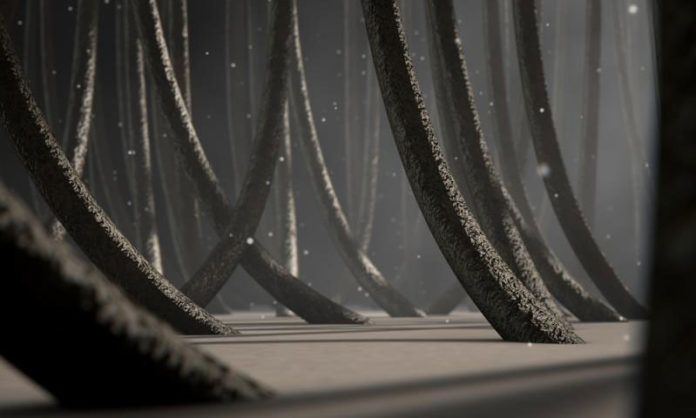Human hair is the part of much vanity, research and stereotyping from decades. It comes in various types including straight, curly, foggy, etc. Hair is strong enough that it can carry 12 tons of weight. Various researchers have even suggested that the human hair strength could make it a material of the future. A new research also figures out the reason behind why hair is incredibly strong and resistant to breaking. Scientists from the University of California San Diego held this research.
Human hair strength has the ratio that is comparable to steel strength. It can get stretch up to one and a half times its original length before breaking.
In this study, researchers analyze how a strand of human hair behaves when it get deformed or stretched.
Lead author Marc Meyers said, “Nature creates a variety of interesting materials and architectures in very ingenious ways. We want to understand the correlation between the structure and the properties of biological materials. It will help us to develop synthetic materials and designs based on nature that have better performance than existing ones.”
Scientists found that hair acts differently according to how it getting stretched. The faster the hair stretched, the stronger it is. Hair changes its structure as it stretched. This change is partially reversible.
Yang Yu said, “Mainly hair has two main parts. the cortex, which is made up of parallel fibrils. And the matrix, which has an amorphous (random) structure. The matrix is sensitive to the speed at which hair deformed, while the cortex not. The combination of these two components gives hair the ability to withstand high stress and strain.”
“At the nanoscale level, the cortex fibrils in hair are each made up of thousands of coiled spiral-shaped chains of molecules called alpha helix chains. As hair is deformed, the alpha helix chains uncoil and become pleated sheet structures known as beta sheets. This structural change allows hair to handle up to a large amount deformation without breaking,” he added.
In addition, scientists conducted various stretching test based on different humidity levels and temperature. At higher humidity levels, hair can withstand up to 70 to 80 percent deformation before breaking. Water essentially “softens” hair. When it enters into the matrix and breaks the sulfur bonds connecting the filaments inside a strand of hair.
Through this, scientists found that hair starts to undergo permanent damage at 60 degrees Celsius temperature. Beyond this temperature, hair breaks faster at lower stress and strain.
This research also suggests that human hair strength could be the new material for body armor. It could help cosmetic manufacturers create better hair care products.
